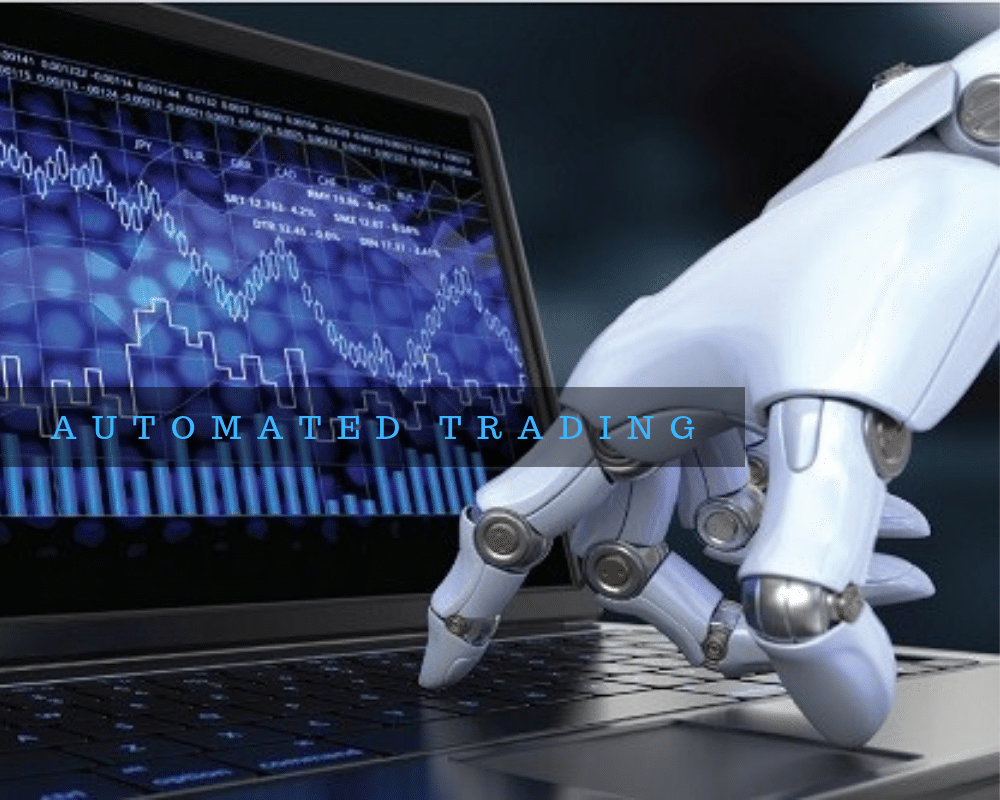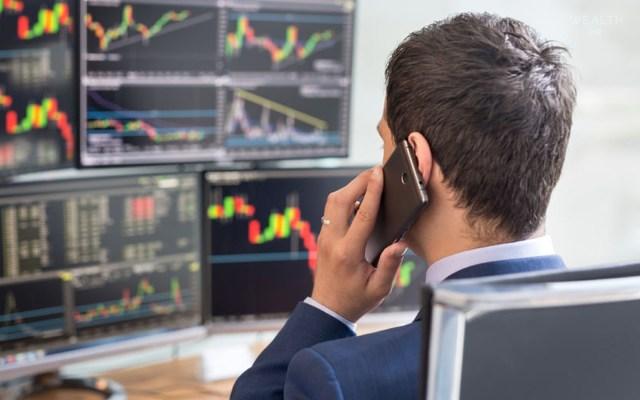Using automated systems or trade manually is the big debate that continues to divide opinions in the trillion-dollar currency market. Technology advancements have resulted in a proliferation of tools and robots that allows traders to utilize automated trading systems to trade effectively and efficiently. However, some traders still opt to do everything manually, relying on their skills and experience to squeeze profits from the highly competitive market place.
What is Automated Trading?
Automated trading is a trading strategy whereby traders establish specific rules for entering and exiting trades. The rules are usually programmed, thus executed automatically by computers. The integration of the trading rules into computer programs has given rise to forex robots that automatically execute trades.

Trading rules integrated into computer programs include technical indicators that forex robots look out for, in the market, to try and take out trading opportunities. The trading rules also establish precise entry, exit, and money management rules that the automated trading systems must stick to.
Most trading platforms come with strategy building wizards that allow users to leverage various indicators to create automated trading systems. For instance, a trader could create an automated trading system that enters a long position as soon as the 50-day moving average crosses the 200-day moving average on a 15-minute chart.
Besides, a trader can input the type of order to be triggered, I.e., market or limit order when certain conditions are met. Risk management can also come into play whereby an automated trading system is programmed to trigger a stop-loss order to open any market order.
The stop-loss order will, in this case, help protect the trader against losses. The automated trading system would also be programmed to trigger a profit take order that allows a trade to lock in profits once a trade moves in favor.
Automated trading systems stand out in part because they encourage rule-based trading. In this case, they take emotion out of trading as traders are only placed once certain rules are met.
Automated trading systems are gaining prominence, given their ability to overcome all human traders’ constraints regarding manual trading. For starters, such systems can carry out analysis 24-hours a day and execute trades at whatever time. Likewise, they eliminate the need of having to stay glued to a computer screen, all day long, in search of trading opportunities.
Automated trading systems scan and compute a vast amount of variables to come up with trading opportunities. Conversely, they can recognize opportunities that are not available to the masses, thus leading to abnormal profits.
The decisions that automated trading systems make are objective and uniform based on set out rules. Likewise, such systems ensure rule-based trading, conversely averting emotional trading that has seen most traders lose a fortune in the market.
Automated trading systems have also proved to be highly effective when it comes to risk management. Traders engaging in manual trading many at times struggle to close loss-making trades. The result is usually the pilling of losses that leads to trading accounts being wiped clean most of the time.
In contrast, automated trading systems execute trades at the right time and close once profit and loss benchmarks are met. In this case, a trading plan is followed to the letter as part of risk management.
Automated Trading Drawbacks
One of the most significant risks associated with any automated trading system is mechanical failure. Automated trading systems do experience discrepancies from time to time. Connectivity issues beyond human control could see such systems struggle to analyze and execute trades in the market.
Automated trading systems are not the holy grail of trading. Such systems can also perform poorly, leading to the pilling of losses even on following set rules to the letter. Likewise, they do require monitoring to ensure risk is managed all the time.
Manual Trading
Manual trading is a trading strategy whereby traders input their trading strategy by manually leveraging various charts and tools. In this case, traders carry out analysis using various tools and indicators to scan the market for trading opportunities.
In manual trading, traders sit in front of computers or mobile devices, analyze the market, then open and exit trades depending on the underlying trading strategy. While manual traders often rely on trading software to make trading decisions, they analyze and place buys and sell orders manually.
Why Manual Trading
When it comes to manual trading, trading decisions are not based on fixed rules or a collection of logic. Likewise, manual trading is less susceptible to large and unpredictable macro-economic developments.

Similarly, experience, intuition, and knowledge of the forex market can often outperform computation and logic. In this case, manual traders can respond better to unexpected financial markets’ unexpected developments than automated trading systems.
Manual Trading Limitations
Manual trading is limited to various human attributes. Time and computational constraints are some of the limitations that make manual trading undesirable. For instance, it is impossible to stay in front of the computer 24-hours a day, scanning for trading opportunities. Likewise, humans cannot scan and compute the vast amount of data to identify trading opportunities.
Manual trading is also susceptible to emotions. Traders, especially beginners, have fallen victim to emotions that have seen them trade without following any clear strategy.
Bottom Line: Manual trading vs. automated trading
Manual and automated trading come with their fair share of pros and cons. Therefore an ideal trading system would combine the best part of the two trading systems as neither stands out as the Holy Grail of forex trading.
For excellent results in the forex market, a trader ought to rely on a trading system that minimizes the effects of emotions while trading. Likewise, one would have to stop on a system that can continuously and rigorously analyze the market in search of trading opportunities.
Upon scanning the market, the system would have to provide trading alerts and entry price and a stop loss and take profit levels. In the end, it is the trader that will have to determine whether to open a trade or not.